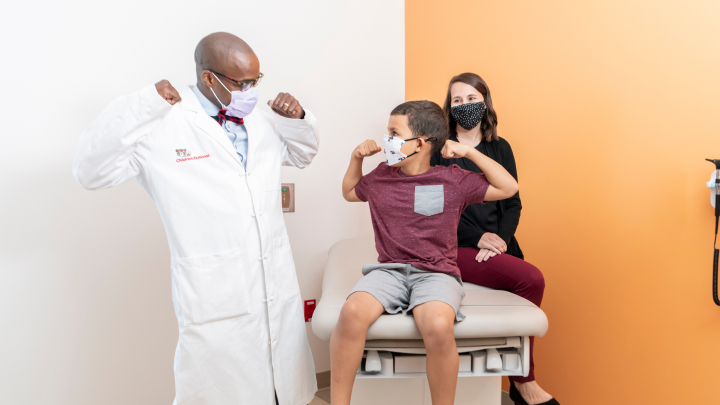
About Us
As the leading pediatric health system in the Washington, D.C., area, we are dedicated to caring for children and our community.

For 155 years, Children’s National has delivered expert pediatric care at every milestone. As the Washington, D.C., region’s only standalone children’s hospital, we provide comprehensive care for more than 250,000 kids each year. We are ranked one of the top 10 pediatric hospitals in the nation by U.S. News & World Report. We're also tied for #1 children's hospital in the Mid-Atlantic region. This recognition of our commitment to bringing health and well-being to all children continues to inspire our teams.
As home to the Children’s National Research Institute and the Sheikh Zayed Institute for Pediatric Surgical Innovation, Children’s National receives more than 70% of its research funding from federal agencies, including 60% from the National Institutes of Health.
In 2019, the HSC Health Care System became a wholly-owned subsidiary of Children's National. The system serves people with complex healthcare needs and eliminates barriers to health services. In 2024, its specialty hospital and therapy centers were renamed Children’s National Rehabilitation & Specialized Care. The health plan continues under the name Healthcare Services for Children with Special Needs.
We’re recognized as committed advocates for children on local, state and federal health policy. In fact, we’re often the first at the table when pediatric healthcare legislation is being developed.
Children and their families who come to Children’s National also get to experience our partnership with Disney. Disney uses the best of its storytelling, beloved characters and creativity to create a more personal and comforting experience for children. See how this initiative comes to life at Children's National.
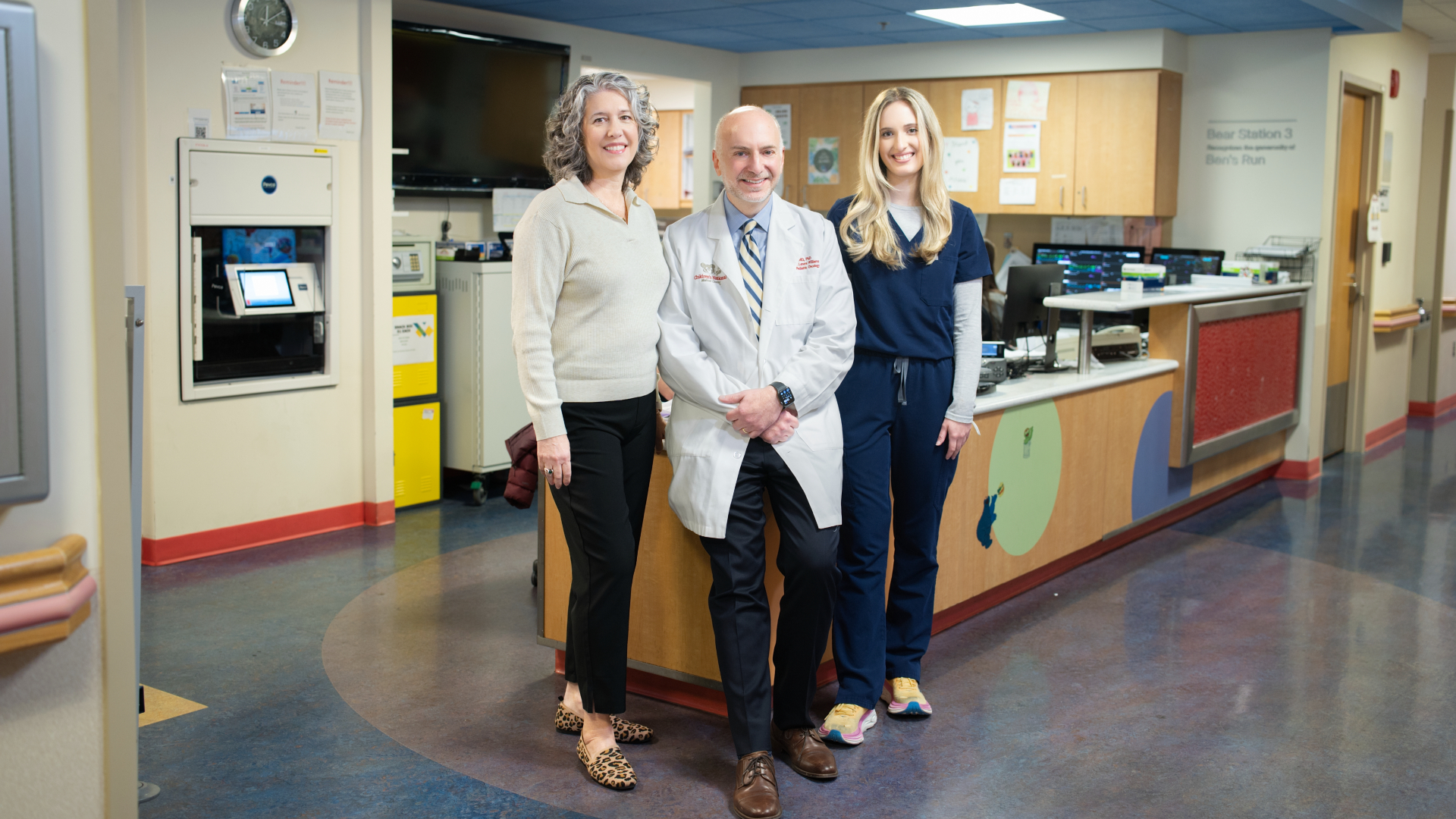
Awards and Recognition
From top ranking by U.S. News & World Report to ANCC Magnet designation, Children’s National Hospital consistently earns industry awards and recognition.

Our Health System
From primary care to intensive care, we practice award-winning medicine at state-of-the-art facilities in Maryland, Virginia and Washington, D.C.
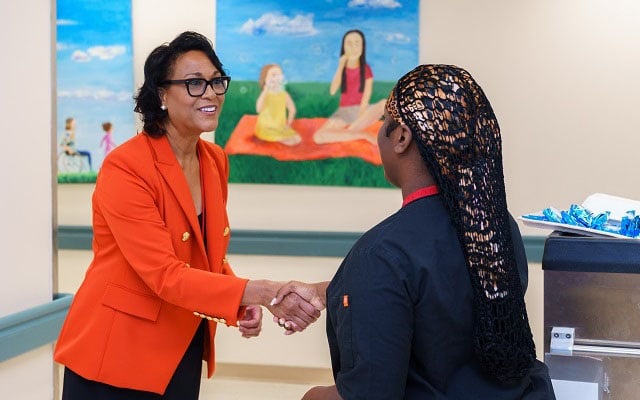
Our Leadership
The team steering our health system toward the future brings a unique combination of clinical and business experience.

Health Equity
We strive to create an environment of inclusiveness and mutual respect for our staff, our patients and their families.
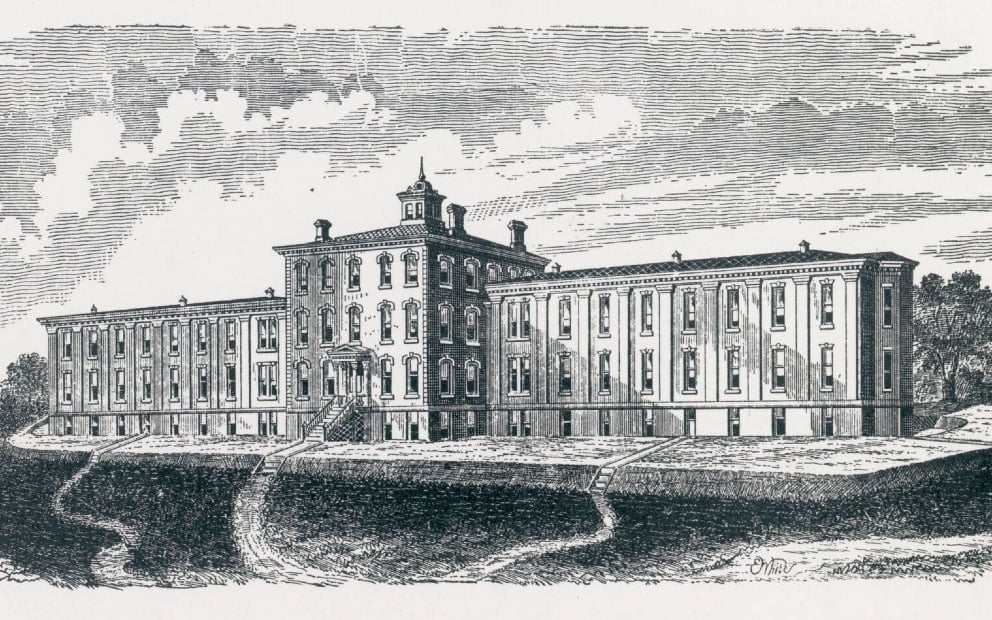
Our History
Learn more about our history, our growth and our continuing commitment to the nation’s children.

Facts at a Glance
Our Fast Facts provides you with everything you need to know about Children’s National – from our locations to our specialty care programs to our research initiatives.
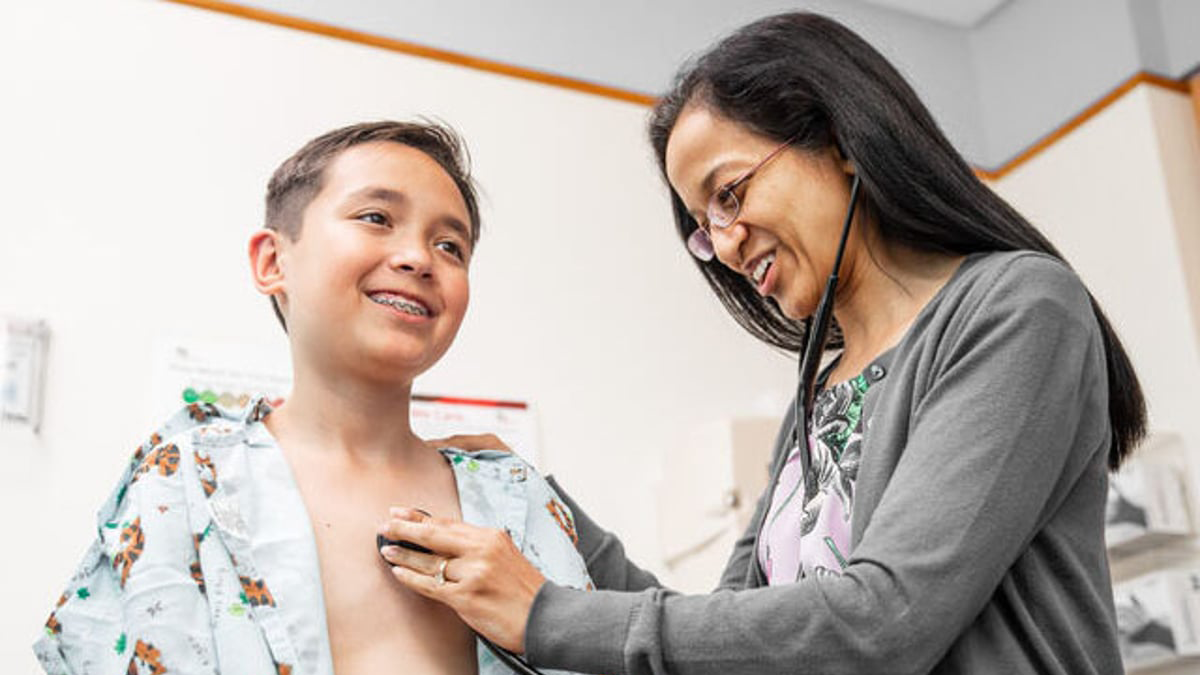
Annual Reports
Discover detailed information about the institutes, centers and departments at Children’s National.

Commanders Partnership
Children’s National is a proud pediatric partner of the Washington Commanders, empowering kids in the region.

Quality and Safety
At Children’s National Hospital, we aim to provide safe, quality care to all of our patients.
Get to Know Our Hospital Apps
Children's National has developed several apps to help families navigate their child's healthcare journey. Discover vital resources within each app, from our patient portal to the Race for Every Child and more.






